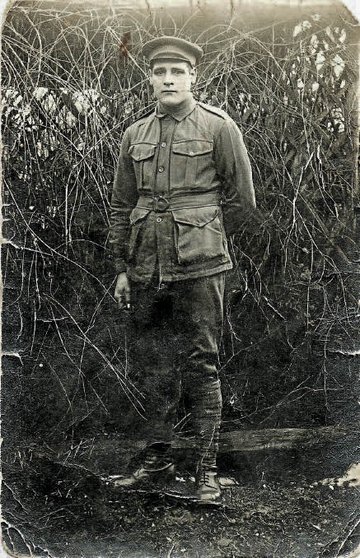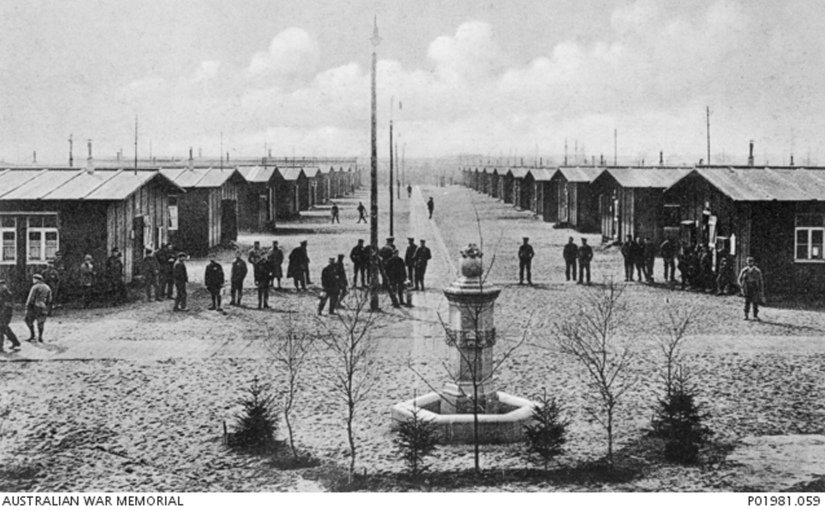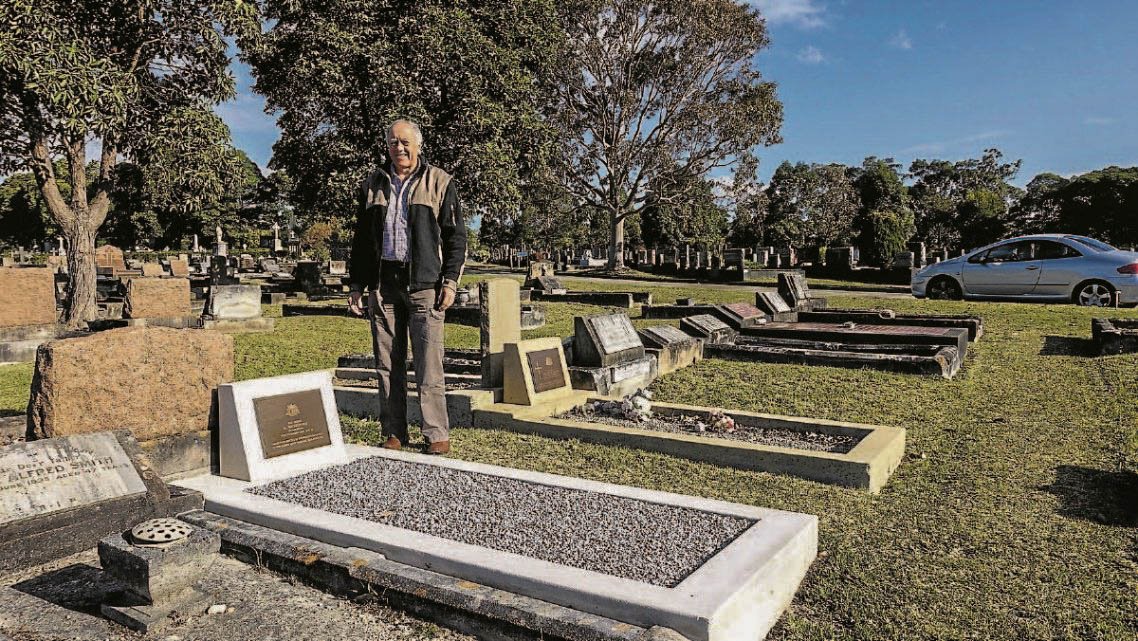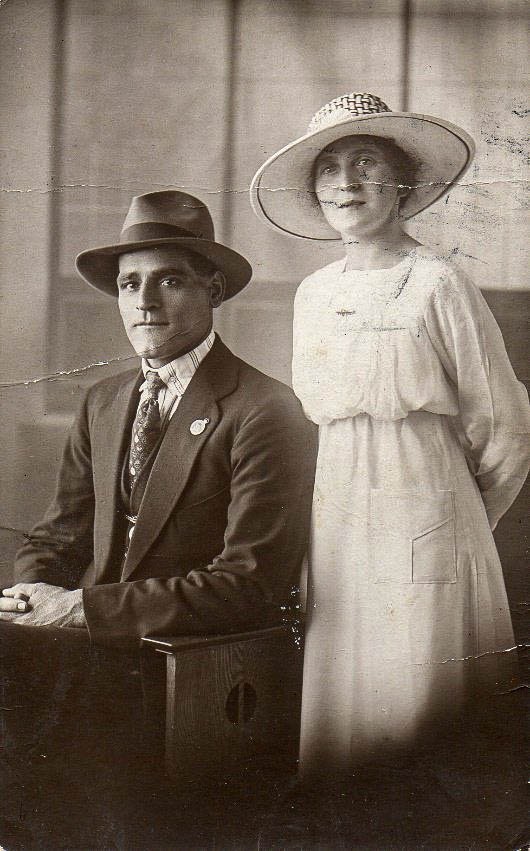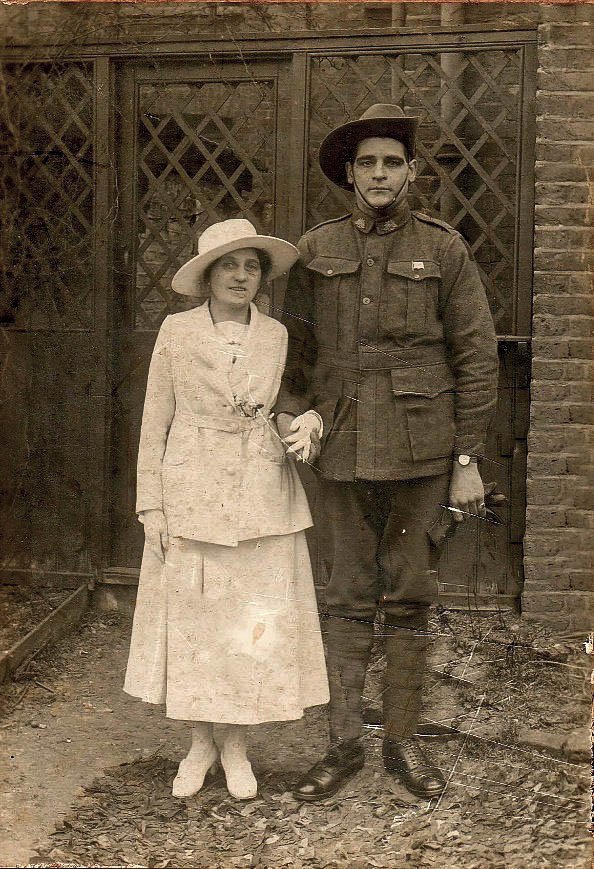Henry WESTERWAY
Regimental Number
4921
Rank
Private
War Service
Western Front, Taken prisoner at Fromelles. POW in Germany from 20 July 1916 to the end of the war.
Prior Military Service
Nil
Enlistment
17 Sep 1915 at Armidale, NSW
Embarkation
08 Mar 1916 from Sydney, NSW, on the HMAT A15 Star of England
Next of Kin
Father – Henry Westerway, Tingha via Inverell, New South Wales
Date & Place of Birth
1885, Mount Brown via Broken Hill, NSW
Parents
Henry Westerway and Sarah Emily Smith
Marital Status
Single
Siblings
6 sisters, 5 brothers
Occupation
Miner
Physical Description
5 feet 11 inches, 182 pounds (180.3cm, 82.6kg)
Eyes brown, Hair black, Complexion dark
Eyes brown, Hair black, Complexion dark
Religion
Church of England
Returned to Australia
8th September 1919
Fate
Wounded in Action, 20 July 1916, Fromelles, France. Taken prisoner. Died 14 November 1940, Sydney, New South Wales - aged 54
Place of Burial
Macquarie Park Cemetery, NSW.
Grave 10, Sec. A7 Catholic Monumental
Positively Identified
No
